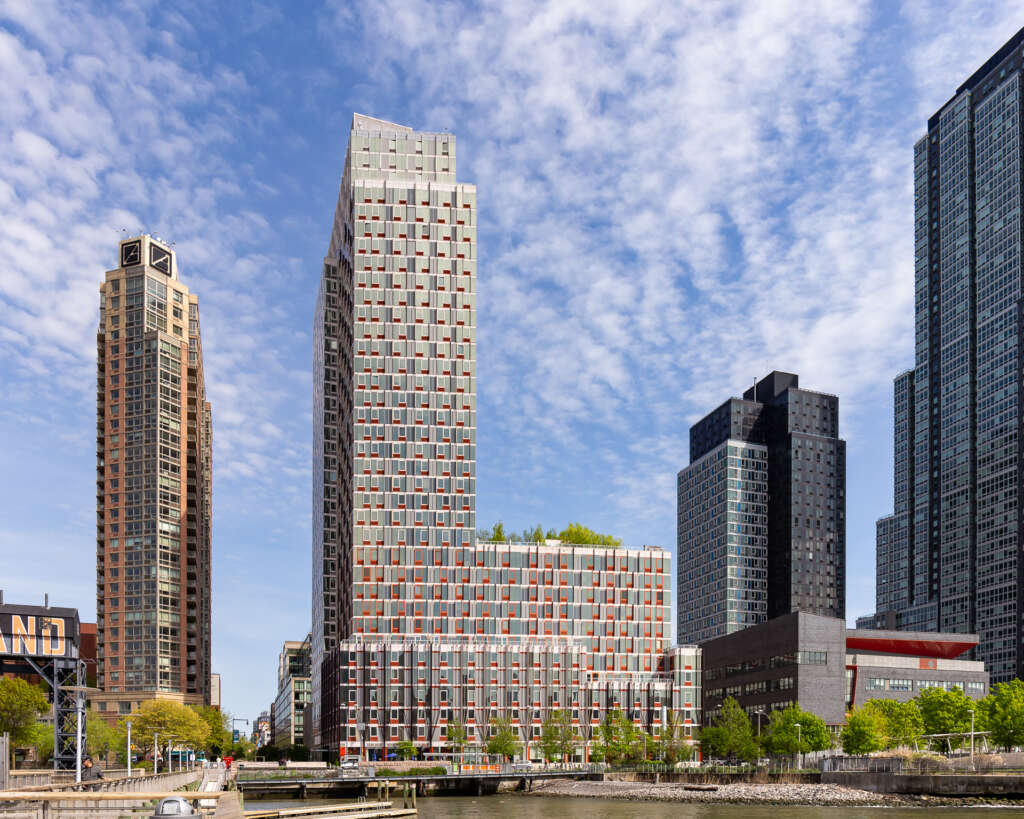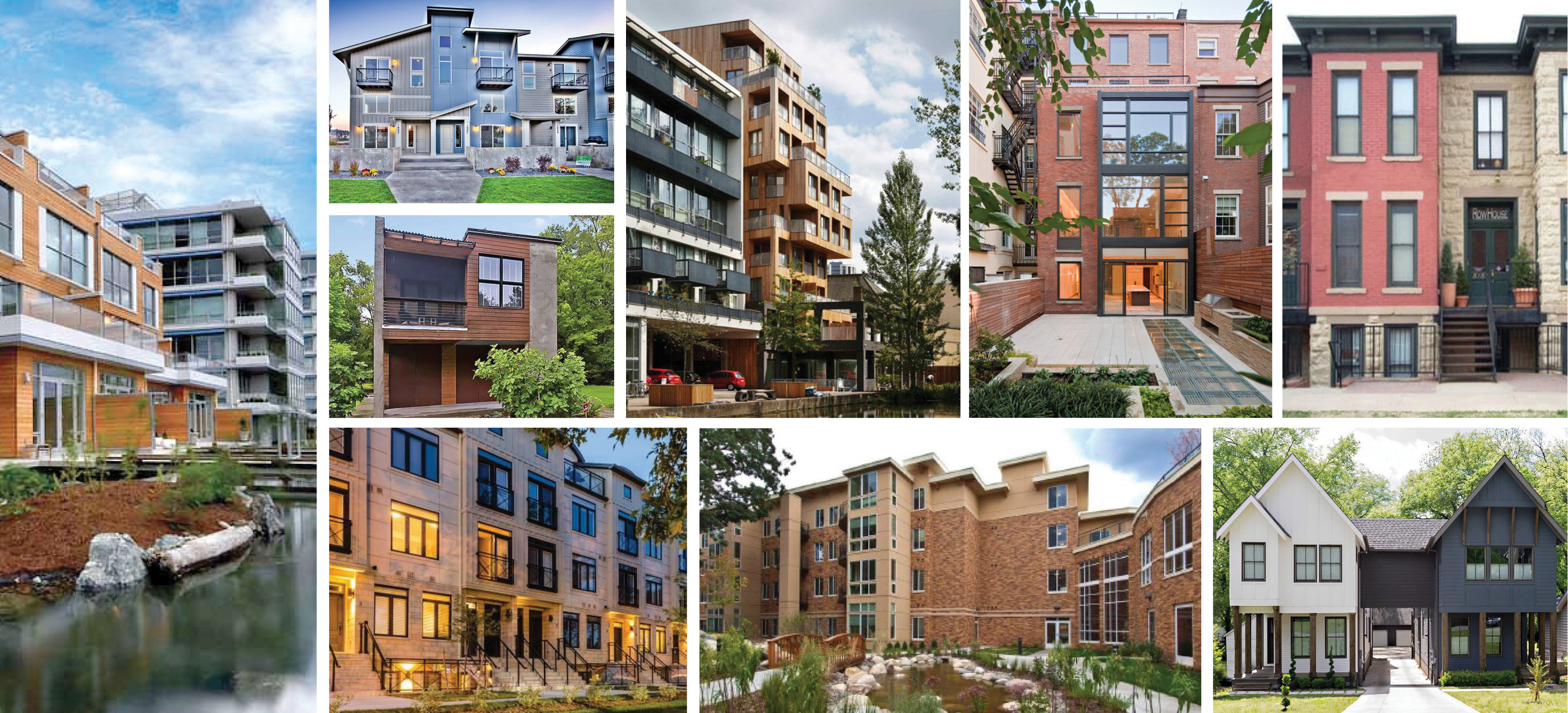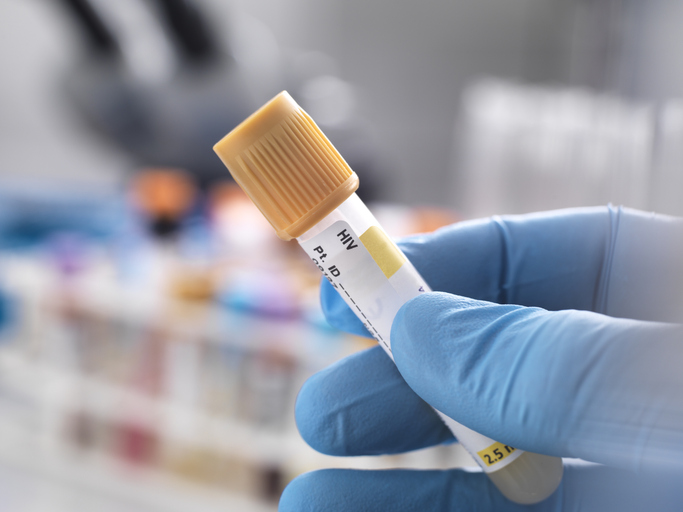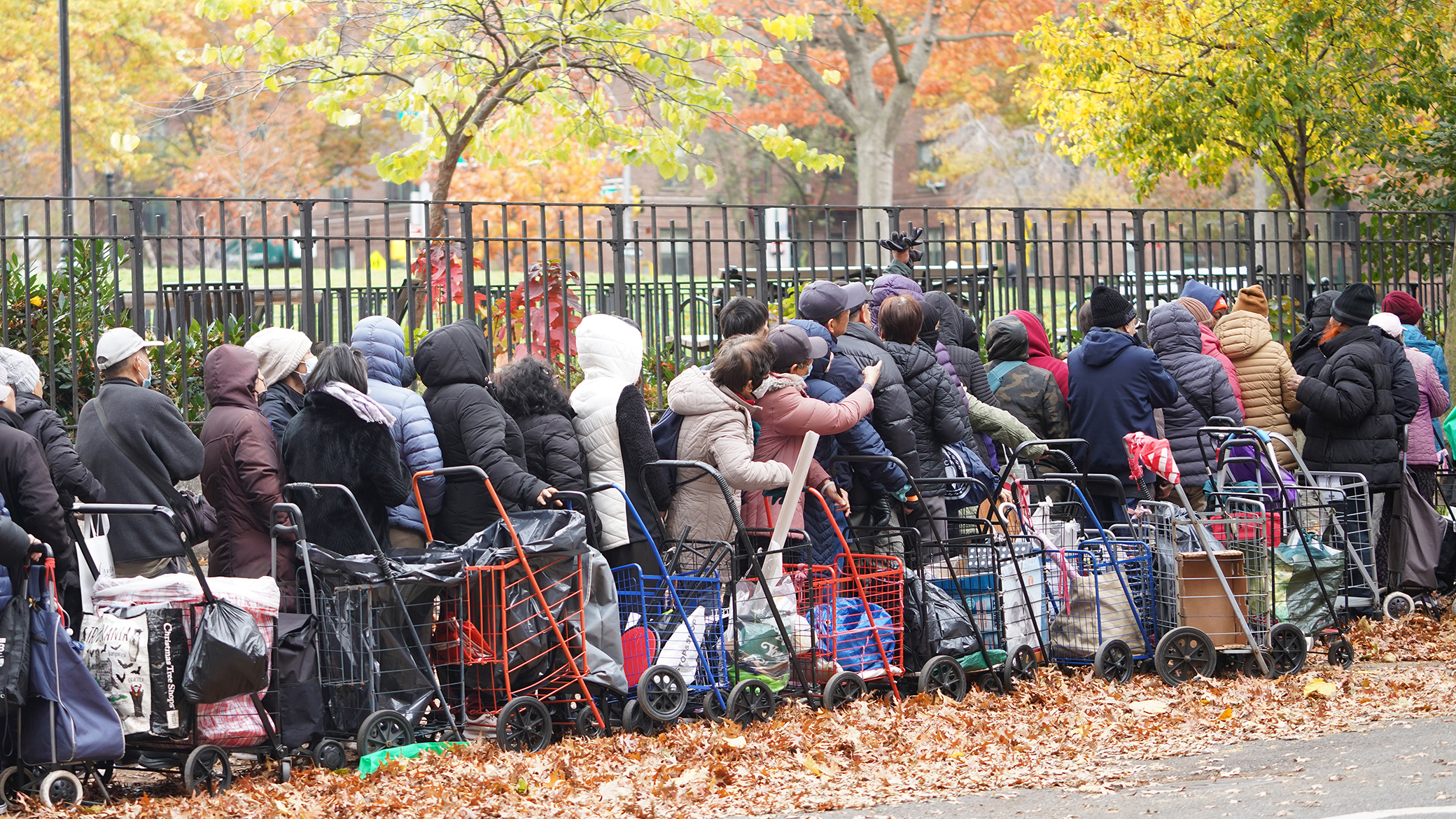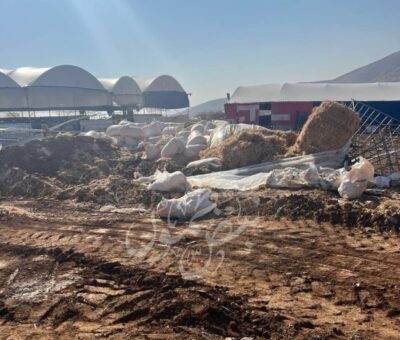End poverty in all its forms everywhere
The UN explains: Extreme poverty rates have fallen by more than half since 1990. While this is a remarkable achievement, one-in-five people in developing regions still live on less than $1.90 a day. Millions more make little more than this daily amount and are at risk of slipping back into extreme poverty.
Sustainable Development Goal 1 (SDG1) aims to eradicate extreme poverty by 2030. The visualizations and data below present the latest data on our progress there.
Longer-term trends, correlates and additional data on extreme poverty can be found at the Our World in Data entry on Global Extreme Poverty.
The UN has defined 7 Targets and 14 Indicators for SDG 1. Targets specify the goals and Indicators represent the metrics by which the world aims to track whether these Targets are achieved. Below we quote the original text of all Targets and show the data on the agreed Indicators.
Target 1.1: Eradicate extreme poverty
UN definition: By 2030, eradicate extreme poverty for all people everywhere, currently measured as people living on less than $1.90 a day.
Eradicate extreme poverty
Definition: Indicator 1.1.1 is the proportion of population below the international poverty line, by sex, age, employment status and geographical location (urban/rural).
The "international poverty line" is defined as $1.90 per day (updated from the previous poverty line of $1.25 to $1.90 in 2015).
This poverty line is measured in "international dollars" which are a hypothetical currency that adjusts for price differences between countries (purchasing power parity) and it is measured in prices of 2011 to adjust for price changes over time (inflation).
Goal: By 2030 eradicate extreme poverty for all people everywhere, currently measured as people living on less than $1.90 a day.
More research: Further data and research can be found at the Our World in Data entry on Global Extreme Poverty.
Additional charts:
World population living in extreme poverty
Population living in extreme poverty by region
Share of population living in multidimensional poverty
Target 1.2: Reduce poverty by at least 50%
UN definition: By 2030, reduce at least by half the proportion of men, women and children of all ages living in poverty in all its dimensions according to national definitions.
Halve population below national poverty line
Definition: Indicator 1.2.1 is the proportion of population living below the national poverty line.
National poverty lines differ by country depending on country circumstances, living standards and cost of living. Shown here is the share of a country's population which lives below each country's specific national poverty line.
Goal: By 2030 reduce at least by half the proportion of men, women and children of all ages living in poverty in all its dimensions according to national definitions.
More research: Further data and research can be found at the Our World in Data entry on Global Extreme Poverty.
Additional charts:
Population living below national poverty line in urban areas
Population living below national poverty line in rural areas
Population in poverty according to national definitions
Definition: Indicator 1.2.2 is the proportion of men, women and children of all ages living in poverty in all its dimensions according to national definitions.
Here it is not clear what is meant by all its dimensions according to national definitions. One interpretation (shown here) may be the multidimensional poverty index (MPI) which is an aggregate measure of deprivation taking into account poor health, lack of education, inadequate living standard, lack of income, disempowerment, poor quality of work and threat from violence.
Goal: By 2030 reduce at least by half the proportion of men, women and children of all ages living in poverty in all its dimensions according to national definitions.
More research: Further data and research can be found at the Our World in Data entry on Global Extreme Poverty.
Target 1.3: Implement social protection systems
UN definition: Implement nationally appropriate social protection systems and measures for all, including floors, and by 2030 achieve substantial coverage of the poor and the vulnerable.
Population covered by social protection floors/systems
Definition: Indicator 1.3.1 is the proportion of population covered by social protection floors/systems, by sex, distinguishing children, unemployed persons, older persons, persons with disabilities, pregnant women, newborns, work-injury victims and the poor and the vulnerable.
This is shown here as the percentage of the population covered by social insurance programs which provide old age pensions, social security and health insurance benefits.
Goal: Implement nationally appropriate social protection systems and measures for all, including floors, and by 2030 achieve substantial coverage of the poor and the vulnerable.
Additional charts:
Adequacy of social insurance systems
Adequacy of unemployment benefits
Adequacy of social safety net programs
Target 1.4: Equal rights to ownership, basic services, technology and economic resources
UN definition: By 2030, ensure that all men and women, in particular the poor and the vulnerable, have equal rights to economic resources, as well as access to basic services, ownership and control over land and other forms of property, inheritance, natural resources, appropriate new technology and financial services, including microfinance.
Access to basic services
Definition: Indicator 1.4.1 is the proportion of population living in households with access to basic services.
Here we show the share of the world population with access to basic services, including improved drinking water, sanitation, electricity, and clean cooking fuels. (It is possible to change the perspective to other countries and world regions with the option below the chart.)
Goal: By 2030 ensure that all men and women, in particular the poor and the vulnerable, have access to basic services. This sets a target of universal access to basic services for all households.
More research: Further data and research can be found at the Our World in Data entries on Water Access, Consumption & Sanitation, Energy Production & Changing Energy Sources, and Indoor Air Pollution.
Additional charts:
Access to electricity
Access to clean cooking fuels
Access to safe sanitation
Access to safe drinking water
Secure tenure rights to land
Definition: Indicator 1.4.2 is the proportion of total adult population with secure tenure rights to land, (a) with legally recognized documentation, and (b) who perceive their rights to land as secure, by sex and type of tenure.
Goal: By 2030 ensure that all men and women, in particular the poor and the vulnerable, have equal rights to economic resources, as well as access to basic services, ownership and control over land and other forms of property.
Target 1.5: Build resilience to environmental, economic and social disasters
UN definition: By 2030, build the resilience of the poor and those in vulnerable situations and reduce their exposure and vulnerability to climate-related extreme events and other economic, social and environmental shocks and disasters.
Deaths and affected persons from natural disasters
Definition: Indicator 1.5.1 is the number of deaths, missing persons and directly affected persons attributed to disasters.
This is given here as the mortality rate from natural disasters, measured as the number of deaths per 100,000 population per year; and the number of people internally displaced as a result of natural disasters.
Goal: By 2030 build the resilience of the poor and those in vulnerable situations and reduce their exposure and vulnerability to climate-related extreme events and other environmental disasters.
There is, however, no defined target level of reduction for this indicator.
More research: Further data and research can be found at the Our World in Data entry on Natural Catastrophes.
Additional charts:
Number injured from natural disasters
Number left homeless from natural disasters
Number affected by natural disasters
Direct economic loss from natural disasters
Definition: Indicator 1.5.2 is the direct economic loss attributed to disasters in relation to global gross domestic product (GDP).
Direct losses as a percentage of GDP are presented here at national and the global level.
Goal: By 2030 build the resilience of the poor and those in vulnerable situations and reduce their exposure and vulnerability to climate-related extreme events and other environmental disasters.
There is, however, no defined target level of reduction for this indicator.
More research: Further data and research can be found at the Our World in Data entry on Natural Catastrophes.
Additional charts:
Absolute economic losses from disasters by country
Global weather-related disaster losses as a share of GDP
Disaster risk reduction strategies
Definition: Indicator 1.5.3 is the number of countries that adopt and implement national disaster risk reduction strategies in line with the Sendai Framework for Disaster Risk Reduction 2015–2030.
This is shown here as a map of countries who have and have not yet adopted legislative provisions for managing disaster risk in line with theSendai Framework for Disaster Risk Reduction 2015–2030.
Goal: By 2030 build the resilience of the poor and those in vulnerable situations and reduce their exposure and vulnerability to climate-related extreme events and other environmental disasters.
The target is to have universal adoption of national disaster risk reduction strategies by 2030.
More research: Further data and research can be found at the Our World in Data entry on natural catastrophes.
Additional charts:
Disaster risk reduction score
Local disaster risk reduction
Definition: Indicator 1.5.4 is the proportion of local governments that adopt and implement local disaster risk reduction strategies in line with national disaster risk reduction strategies.
Goal: By 2030 build the resilience of the poor and those in vulnerable situations and reduce their exposure and vulnerability to climate-related extreme events and other environmental disasters.
The target is to have universal adoption of disaster risk reduction strategies by 2030.
More research: Further data and research can be found at the Our World in Data entry on natural catastrophes.
Target 1.a: Mobilisation of resources to end poverty
UN definition: Ensure significant mobilization of resources from a variety of sources, including through enhanced development cooperation, in order to provide adequate and predictable means for developing countries, in particular least developed countries, to implement programmes and policies to end poverty in all its dimensions
Domestic resources to poverty reduction programmes
Definition: Indicator 1.a.1 is the proportion of domestically generated resources allocated by the government directly to poverty reduction programmes.
Goal: By 2030 Ensure significant mobilization of resources from a variety of sources to implement programmes and policies to end poverty in all its dimensions.
There is no defined target level, however, for this indicator.
Government spending on essential services
Definition: Indicator 1.a.2 is the proportion of total government spending on essential services (education, health and social protection).
This is shown here as the percentage of government spending on health and education.
Goal: By 2030 Ensure significant mobilization of resources to implement programmes and policies to end poverty in all its dimensions.
There is no defined target level of government spending for this indicator.
More research: Further data and research can be found at the Our World in Data entries on Financing Healthcare, Financing Education, and Public Spending.
Additional charts:
Social spending
Target 1.B: Pro-poor public spending
UN definition: Create sound policy frameworks at the national, regional and international levels, based on pro-poor and gender-sensitive development strategies, to support accelerated investment in poverty eradication actions
Pro-poor public spending
Definition: Indicator 1.B.1 is the Pro-poor public social spending.
Goal: Create sound policy frameworks at the national, regional and international levels, based on pro-poor and gender-sensitive development strategies, to support accelerated investment in poverty eradication actions.
